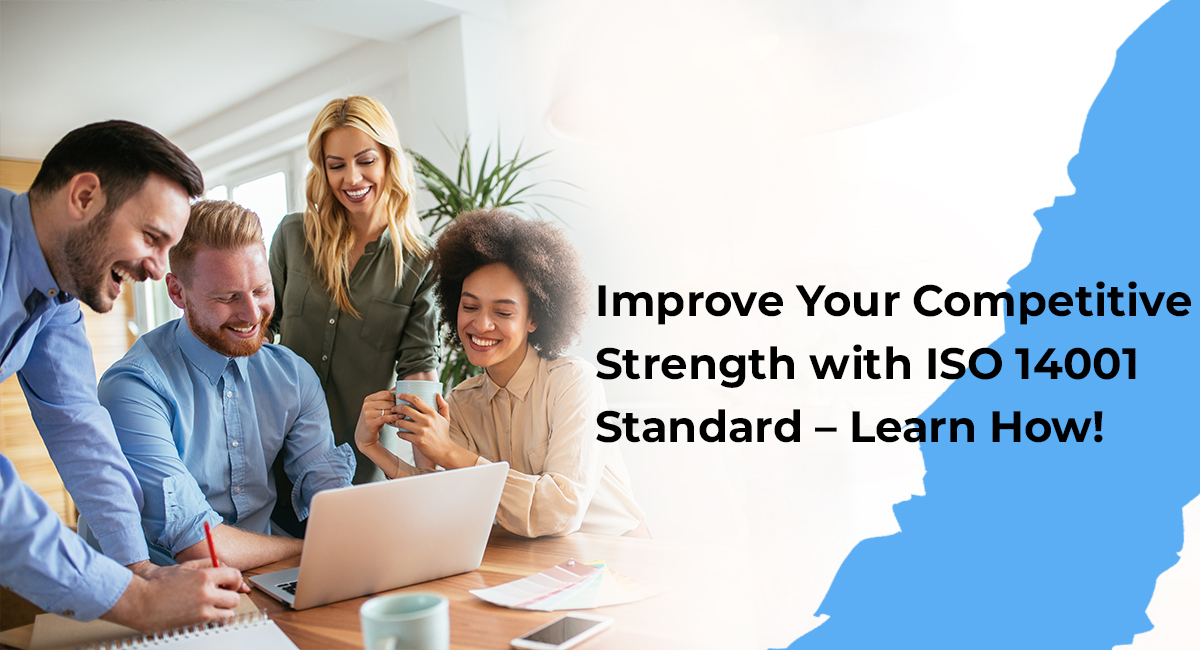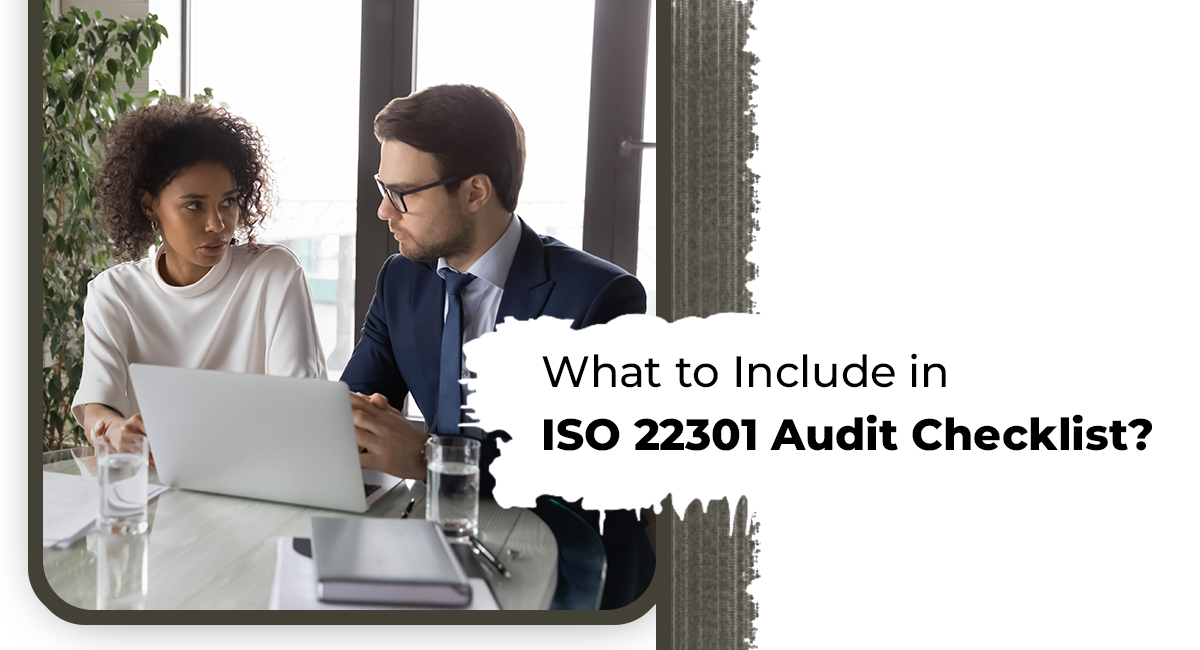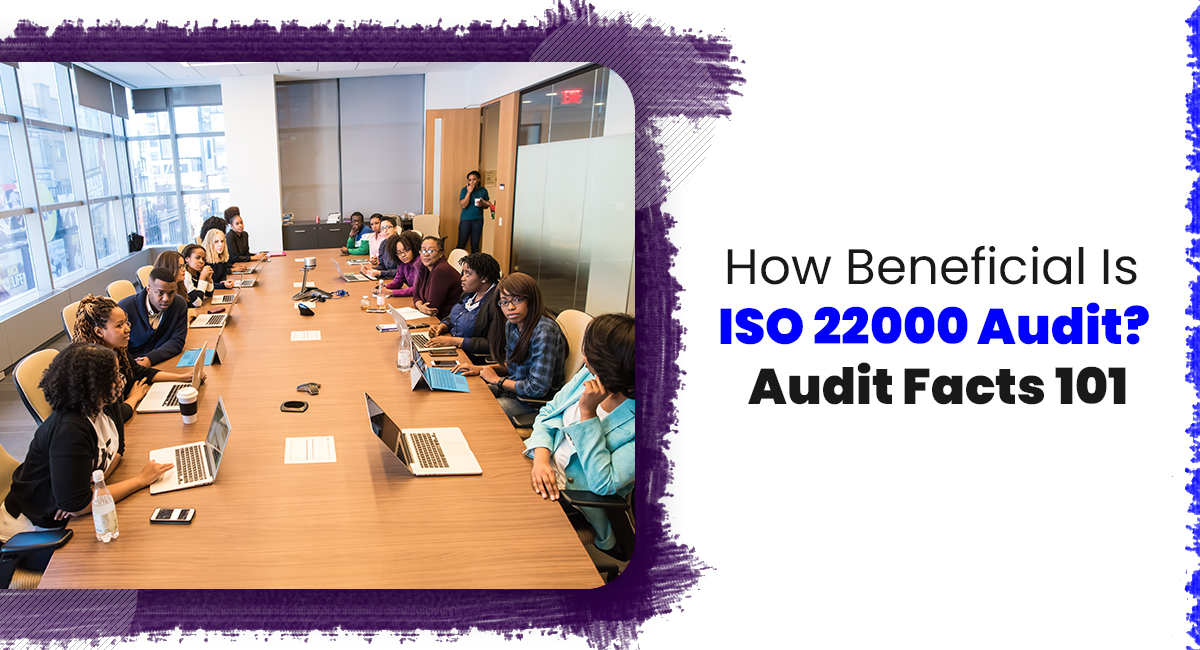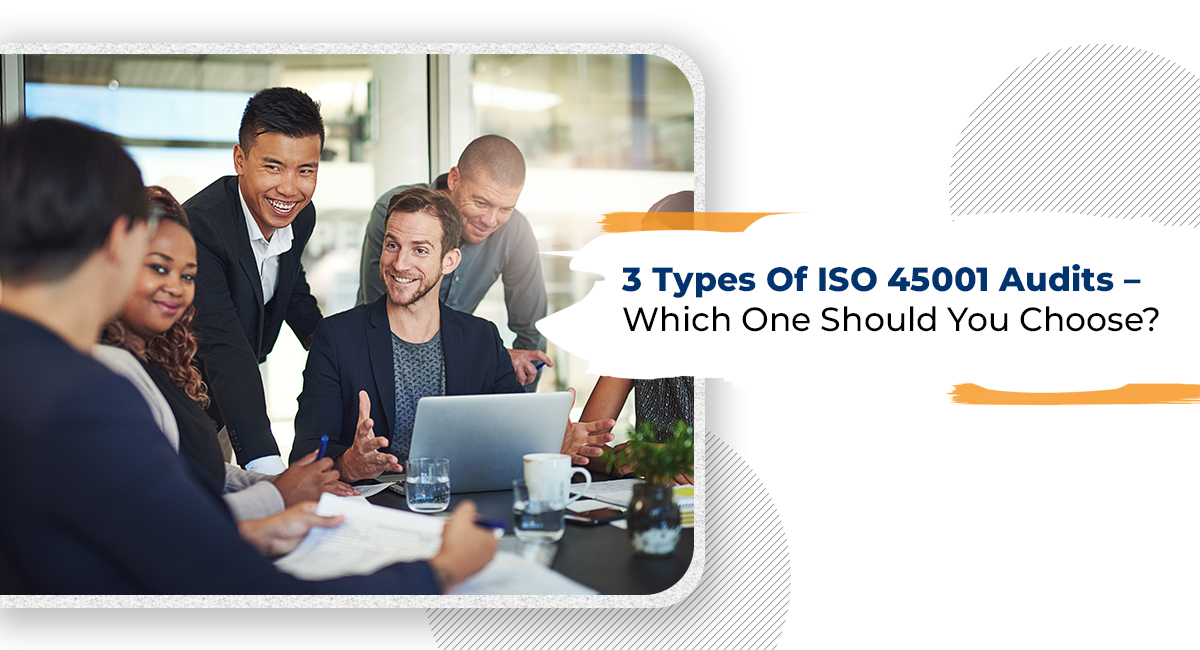ISO 14001 standard is the globally recognized standard for the environmental management system. The primary goal of the standard is to set the policies and procedures for a robust eco-friendly system that will control different elements for reducing the yearly carbon footprint. Today’s business organizations need this management protocol to understand the requirements for improving their operations to maintain the environmental sustainability.
The increasing need for waste management and proper mobilization of resources, forces companies to take prompt initiatives so that their operational impact does not disrupt nature and the community. ISO 14001 is often considered a competitive mechanism that works for a company’s CSR (corporate social responsibility) program.
There is no need to implement a completely new system if you already have one. However, ISO 14001 is an excellent tool for monitoring and evaluating the functions and productive efficiency of your existing program. You need professional assistance to carry out the necessary analyses, reviews, and audits to ensure your system is performing as per the expectation.
The following post has discussed the key elements of the standard and the prime benefits a company can enjoy.
What is the aim of the ISO 14001 Standard?
The fundamental purpose is to help companies proactively improve their operational efficiency for minimizing waste production, controlling energy usage, and finding proper resources. It helps to set SMART objectives and suggest strategic moves for eco-friendly methods. Today, every company needs to show concern for community welfare and environmental sustainability. The standard allows the stakeholders to clear their rudimentary concepts, which further encourages them to contribute to the final goal.
What are the five elements of the ISO 14001 Standard?
•The environmental policies
•Planning
•Implementation and operations
•Review and evaluation
•Corrective actions for continual improvement
The three pillars of a successful implementation are –
•The enhancement of environmental performances
•Timely fulfillment of the compliance
•The ultimate achievement of the objectives
What are some of the major advantages of getting the ISO 14001 Standard?
1.Legal compliance
In India, companies have to pay lakhs and spend approximately 5 years in jail for violating environmental laws. Legal compliance has become stricter and more mandatory. ISO 14001 is the fastest and easiest option to meet regulatory demands and avoid parliamentary intervention. As per one of the main clauses of ISO 14001, a company should determine the organizational context and scope of the program first before modifying or implementing a system. Further, they should design proper planning and find resources to meet the goals. While setting the policies and objectives, a company has to consider the legislative terms and conditions. This way, both the governmental criteria and organizational goals for reducing pollution are achieved.
2.Brand Reputation
Impressing customers and earning their loyalty is necessary to build a sustainable empire. Today, most customers are concerned about greenhouse gas emissions and carbon footprint. More than 50% of Indian customers are eager to buy products/services from a company that has an eco-friendly approach. By achieving the ISO 14001 certification, a company can successfully improve its brand reputation. Customers start to rely more on the company as they come to know about the effective practices. With a loyal customer base, a company achieves a high-profit margin.
3.Competitive advantages
The international standard is known for being an exclusive mechanism for increasing competitive strength. By performing as per the customers’ expectations in reducing greenhouse gas emissions and other degradable ingredients, a company makes a permanent impression. As per market research, the new generation of customers goes through the ingredient list and manufacturing process first before purchasing something. They are conscious buyers who do not invest in services that directly or indirectly harm nature. ISO 14001 is the wisest tool for ensuring the target segment that your actions have been carefully planned and executed. Your company achieves a competitive edge as you accomplish an almost niche customer base.
If a company meets legal compliance for waste reduction, it automatically reduces insurance costs and the overall cost of manufacturing and supply. ISO 14001 is a comprehensive measure for earning more than just competitive advantages.
To modify your current system as per the terms and conditions of ISO 14001 standard, hire expert audit specialists from Blue Wolf Certifications. It is India’s premium ISO consultancy website providing solutions for internal audits. To get complete guidance for conducting an effective audit assessment, contact here now!








